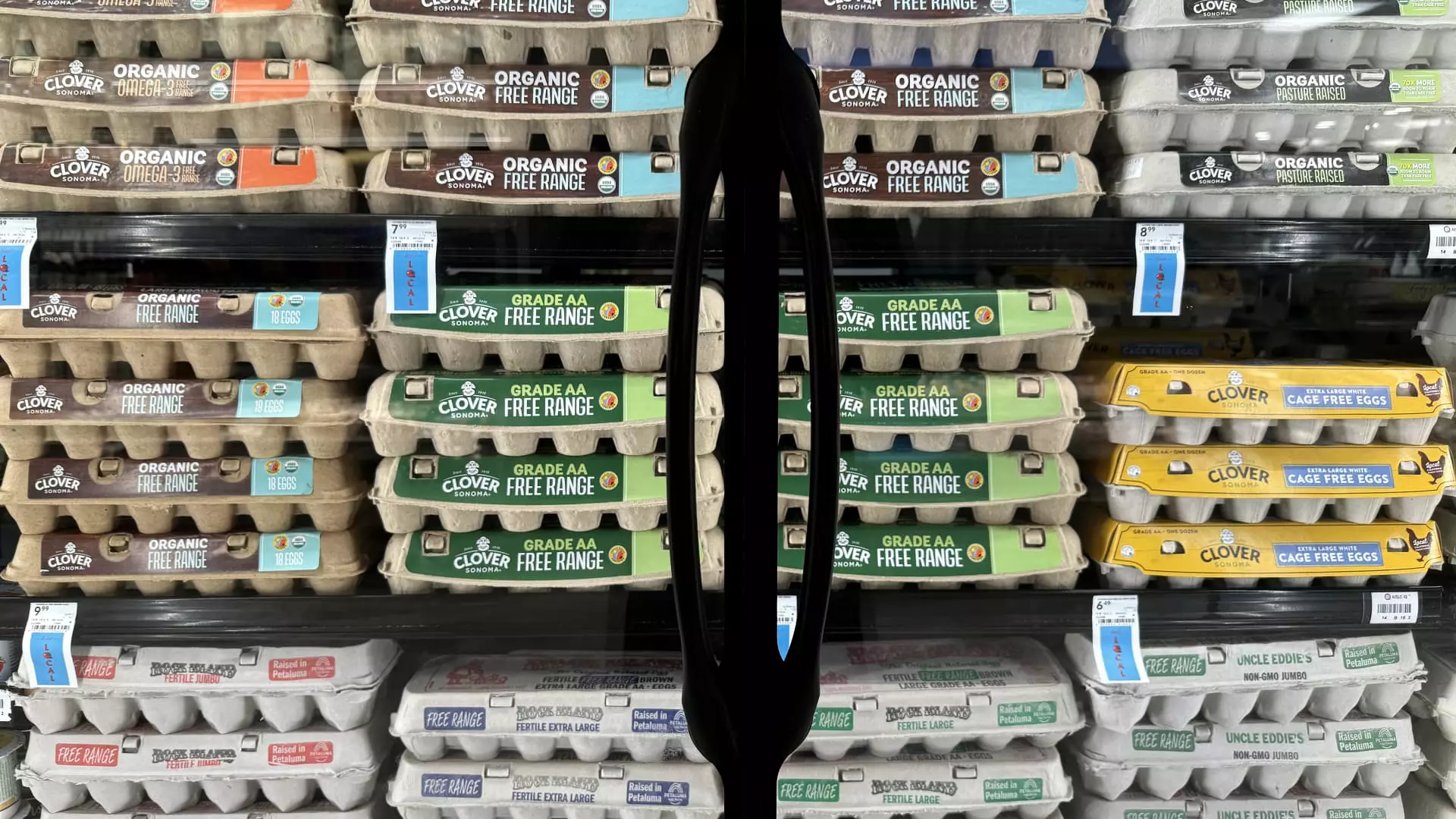Recent data from the Labor Department has brought into focus the evolving economic landscape, with a notable increase in the consumer price index (CPI) for September that outstripped expectations. The CPI, which serves as a critical barometer for assessing the cost of living in the U.S., recorded a 0.2% rise on a seasonally adjusted basis for the month. This increment nudged the annual inflation rate up to 2.4%, which, while slightly lower than the 2.5% observed in August, remains a level that many economists consider to be an area of concern. The readings themselves were not merely marginal surprises; they were both 0.1 percentage points higher than the consensus forecast provided by Dow Jones, suggesting that inflationary pressures are proving to be more persistent than many had initially anticipated.
Excluding the volatile sectors of food and energy, the core inflation rate showed an even more pronounced uptick, illustrating a 0.3% increase. This pushes the annual core inflation rate to 3.3%, indicating underlying inflationary trends that could complicate monetary policy moving forward. The persistence of these high inflation rates emphasizes a concerning theme of stickiness in certain sectors of the economy, particularly in food and shelter.
The Bureau of Labor Statistics’ recent report pivoted attention towards specific categories that significantly impacted the CPI rise. Notably, food prices saw a sharp 0.4% increase, driven by substantial hikes in various essential commodities. For instance, egg prices skyrocketed by 8.4% in just a month, contributing to an astonishing 39.6% increase year-over-year. Likewise, shelter costs, a major component of the CPI, jumped by 4.9% on an annual basis. Such increases suggest that while some aspects of inflation may wane, others remain stubbornly high, signaling a dynamic economic situation that challenges policymakers.
In contrast to the food and shelter categories, energy prices provided a reprieve, experiencing a decline of 1.9%. This contrast illustrates the complex interplay of different sectors within the economy, showcasing that while some prices are surging, others are softening, leading to mixed narratives in economic indicators.
Switching gears from inflation to labor market dynamics, the jobless claims statistics released alongside the CPI report revealed unexpected increases in unemployment filings. The initial claims for unemployment benefits surged to 258,000 for the week ending October 5, marking the highest level since early August. This figure exceeded forecasts by a considerable margin and, combined with a jump in continuing claims, suggests potential vulnerabilities within the labor market—a crucial component of the overall economic health.
The recent spike in claims can, in part, be attributed to the extensive damage caused by Hurricane Helene, which impacted parts of Florida and North Carolina. Such natural disasters typically lead to temporary disruptions in employment and economic activity, yet the scale of the increase might indicate a more systemic issue that needs uniform attention.
As the economic narrative continues to unfold, the actions of the Federal Reserve come into sharper focus. With the CPI reflections guiding their decisions, the Fed has recently cut benchmark interest rates by half a percentage point and is contemplating further cuts. Despite ongoing inflationary pressures, which are above the central bank’s preferred target of 2%, Fed officials appear cautiously optimistic that inflation may be on a downward trajectory.
However, the mixed signals from inflation metrics and labor market dynamics present a delicate balancing act for policymakers. With a considerable majority in futures markets betting that the Fed will opt for another quarter-point cut in its upcoming meeting, the confidence in this move is juxtaposed against underlying economic uncertainties.
The latest data presents a complex economic picture. While inflation data highlights persistent pressures—especially in essential categories like food and shelter—the labor market is facing uncertainties exacerbated by natural calamities. The Federal Reserve’s forthcoming decisions will play a crucial role in shaping economic outcomes as it strives to navigate the fine line between supporting growth while controlling inflation. As the situation develops, a keen eye will remain on how these interconnected elements will influence both policy and the economy moving forward.

Leave a Reply